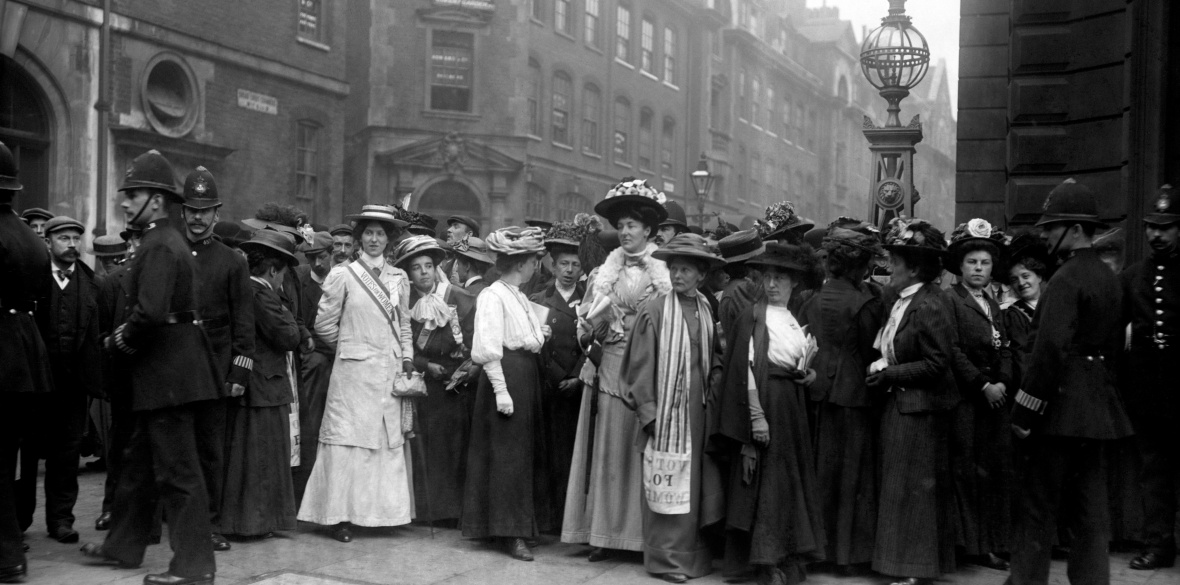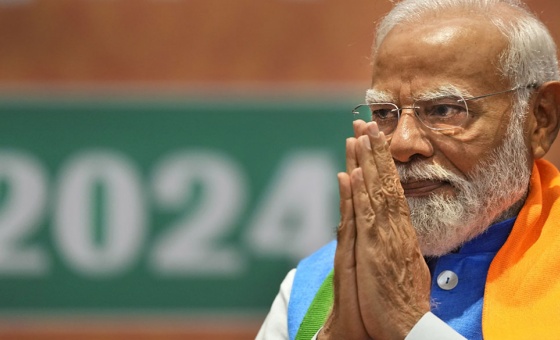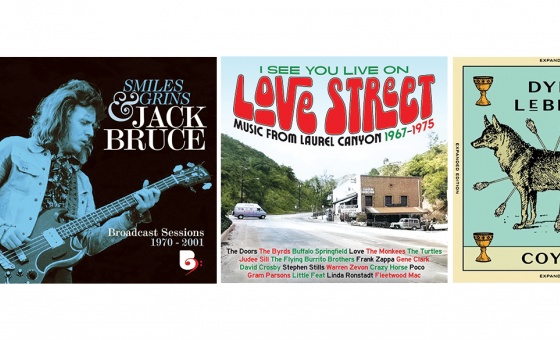This is the last article you can read this month
You can read more article this month
You can read more articles this month
Sorry your limit is up for this month
Reset on:
Please help support the Morning Star by subscribing here
YOU won’t have missed the fact that this year is the centenary of some women winning the vote. While it’s marvellous to see women’s history on the agenda, it’s disappointing, too, that it is still not fully integrated into the main historical canon rather than celebrated as a novelty on anniversaries.
Despite the intensity of the current focus on suffrage, we still tend to be fed a rather Pankhurst-centric version of events, so wedded do we remain to the great (and white, and usually middle or upper-class) individuals historical narrative.
Yet years before the formation of the Pankhursts’ Women's Social and Political Union, working-class women — Lancashire mill workers, in particular — were demanding the vote and were prominent in the National Union of Women’s Suffrage Societies.
WSPU leaders Hannah Mitchell and Annie Kenney had been a seamstress and mill worker respectively; and hundreds of thousands of working-class women either joined or set up their own suffrage branches.
Another myth that refuses to die is that women’s tactics were disproportionately “extreme” and may even have held back granting of the vote.
The belief persists that it was women’s war work wot won it, and not those crazy suffragettes. We rarely hear what was behind their “stunts” — even the classic, comic-seeming image of the suffragette chained to railings looks rather different when you know that these women were frequently sexually assaulted, both by random gangs of men and police.
In 1907, mounted police charged suffragettes leaving a meeting in London; women were arrested and the next day at Westminster police court, according to the Daily Mirror, “women were kicked and struck and trampled under horses’ hooves.”
At a meeting in the Albert Hall in 1908, 25-year-old Helen Ogston was attacked by two men, one of whom burnt her wrist with his cigar while the other punched her in the breast.
As she tried to leave she was assaulted by multiple men. Gangs eventually attacked every woman in sight, and Mrs Pankhurst described women after the meeting: “bruised, clothes torn, false teeth knocked out, eyed swollen, noses bleeding.”
In 1910 on what became known as Black Friday, sexual violence was meted out on a mass scale.
The government had reneged on its promise to give a final reading to the Conciliation Bill, which would have given a million women the vote.
Three-hundred WSPU members who marched to Parliament in protest (including Princess Sophia Duleep Singh, one of many Indian suffragettes, and a thorn in the side of the British royal family); 200 of them were beaten and assaulted for hours, with police targeting their breasts and lifting their skirts, making sure the crowds could see the abuse.
WSPU member Jessie Stephenson remembered: “For hours I was beaten about the body, thrown backwards and forwards from one to another until I one felt dazed by the horror of it … I was … pushed helplessly by (my) tormentor into a side street … he beat up and down (my) spine until a cramp seized my legs. ‘I will teach you a lesson … I will punish you, you____, you.’”
May Billinghurst, a disabled suffragette, was thrown out of her wheelchair by police and attacked, then shoved back in it and propelled into a side street where a gang of men awaited her.
The police even removed the bolts from her chair to make sure she couldn’t escape. (Billinghurst faced them down with such courage that the mood turned — the men assisted her which was probably a wise move, given that the indomitable Billinghurst later worked out a way to use her wheelchair as a battering ram to break police ranks).
Perhaps the worst ordeal suffragettes faced was force-feeding in prison — and even this could include sexual assault.
Maude Kate Smith was fed nasally and, 60 years later, still had nosebleeds from a nostril that was permanently damaged in the process. Lilian Lenton suffered double pneumonia and pleurisy from food getting into her lungs.
As a WSPU leader, Sylvia Pankhurst got the brunt of rough treatment during hundreds of force-feedings.
A slight woman, she was held down by six wardresses: “I felt a man’s hand trying to force my mouth open … I felt as if I should suffocate.
I felt a steel gag running around my gums … it gradually prised my jaws apart as they turned a screw. It felt like having my teeth drawn; but I resisted — I resisted. I held my poor bleeding gums down on the steel with all my strength. Soon they were trying to force the India-rubber tube down my throat.
“I was struggling wildly, trying to tighten the muscles and to keep my throat closed up. They got the tube down, I suppose … for at last I heard them say: ‘That’s all’; and I vomited as the tube came up … The same thing happened in the evening; but I was too tired to fight so long.”
Suffragettes came out fighting. They set fire to letterboxes and buildings — which they always ensured were empty first — and broke windows. As far as is known, however, they caused no permanent injuries and committed no sexual assaults.
The East End was a particular hub of working-class suffrage campaigning, and not just because Sylvia Pankhurst “organised” them. In fact, Pankhurst went to these women for protection. Under the Liberal government’s so-called Cat and Mouse Act, she had been imprisoned, force fed, released when frail, allowed to recover then re-arrested, many times. She was becoming extremely weak, and remembered East End women telling her to come to them for help.
Being by far the best Pankhurst in terms of her socialist politics, she recognised this for the excellent offer it was.
She took refuge with shoemakers the Paynes on Old Ford Road; police surrounding the house found themselves confronted by some extremely “handy” East End women, and hastily withdrew.
Special Branch had no more luck when offering large sums of money for rooms overlooking the Paynes, to rent for surveillance — every single (extremely poor) household sent them away with a flea in their ear.
This is no surprise to fans of East End history: after all, these were the daughters of the matchwomen who took strike action against their exploitative employer in 1888, and won a huge victory for working-class people, forming the largest union of women and girls in the country.
This ushered in the “tremendous harvest” of New Unionism, leading to the politicised union movement we know today, and to the formation of the Labour Party: as Jeremy Corbyn recently acknowledged, these were quite simply the “Mothers of the Labour Movement.”
This year sees the 130th anniversary of that victory; and their fighting spirit is needed more than ever as women take the brunt of austerity, and a renewal of right-wing misogyny, in many guises but with one aim — their oppression.
Neither the matchwomen’s victory nor the vote were generous gifts from the powerful. They were won with women’s blood, sweat and courage.
We should acknowledge the vital contributions of working-class women every day, not just on special occasions.
Dr Louise Raw is a historian, broadcaster, author of Striking a Light (Bloomsbury) on the 1888 matchwomen’s strike, and organiser of the annual London Matchwomen’s Festival. This year’s festival takes place on Saturday June 30 at Bow Arts in the Bow Road, from 2pm to 10.30pm, with speakers, campaigners, music and gin! More information and tickets via Eventbrite “Matchwomen’s Festival 2018.”











